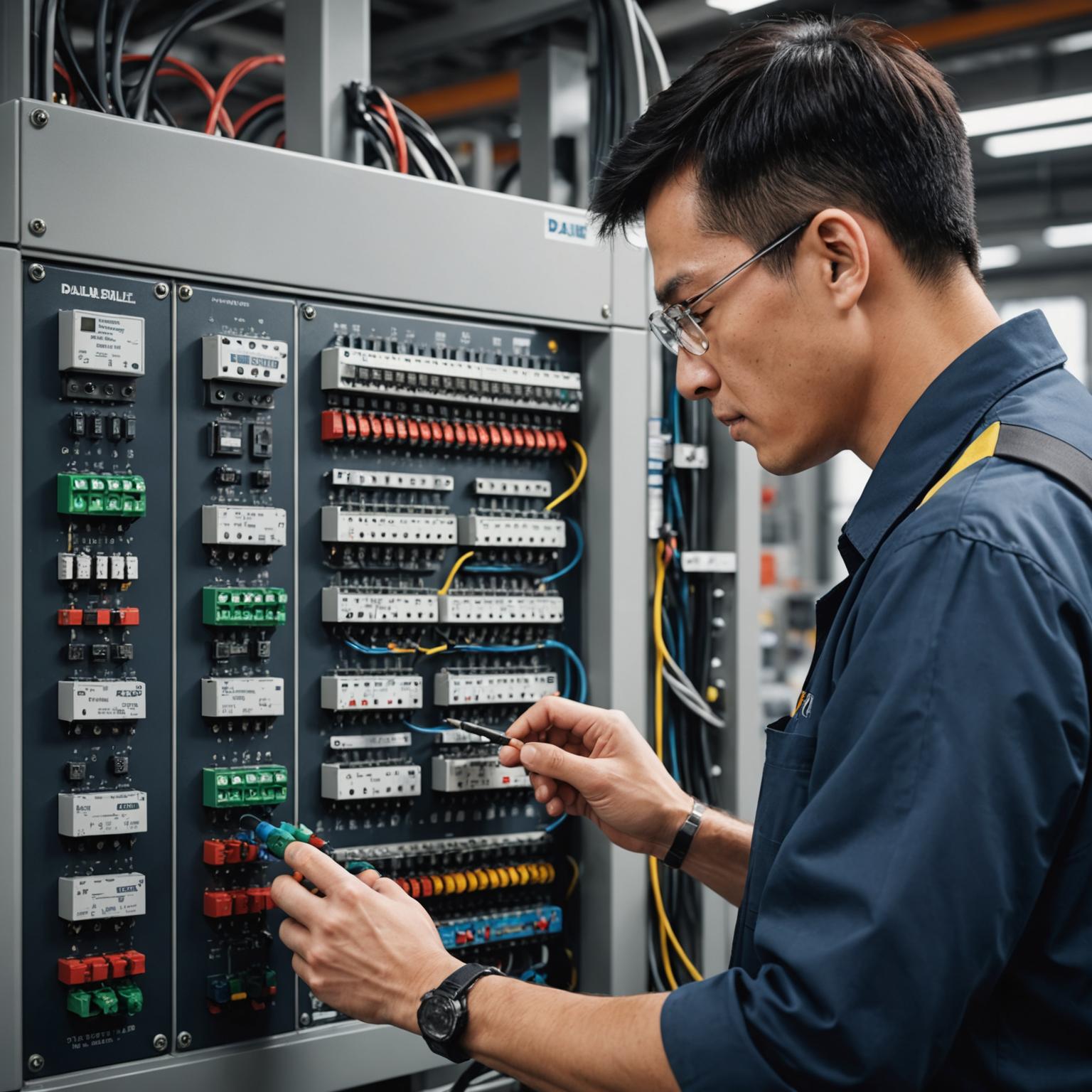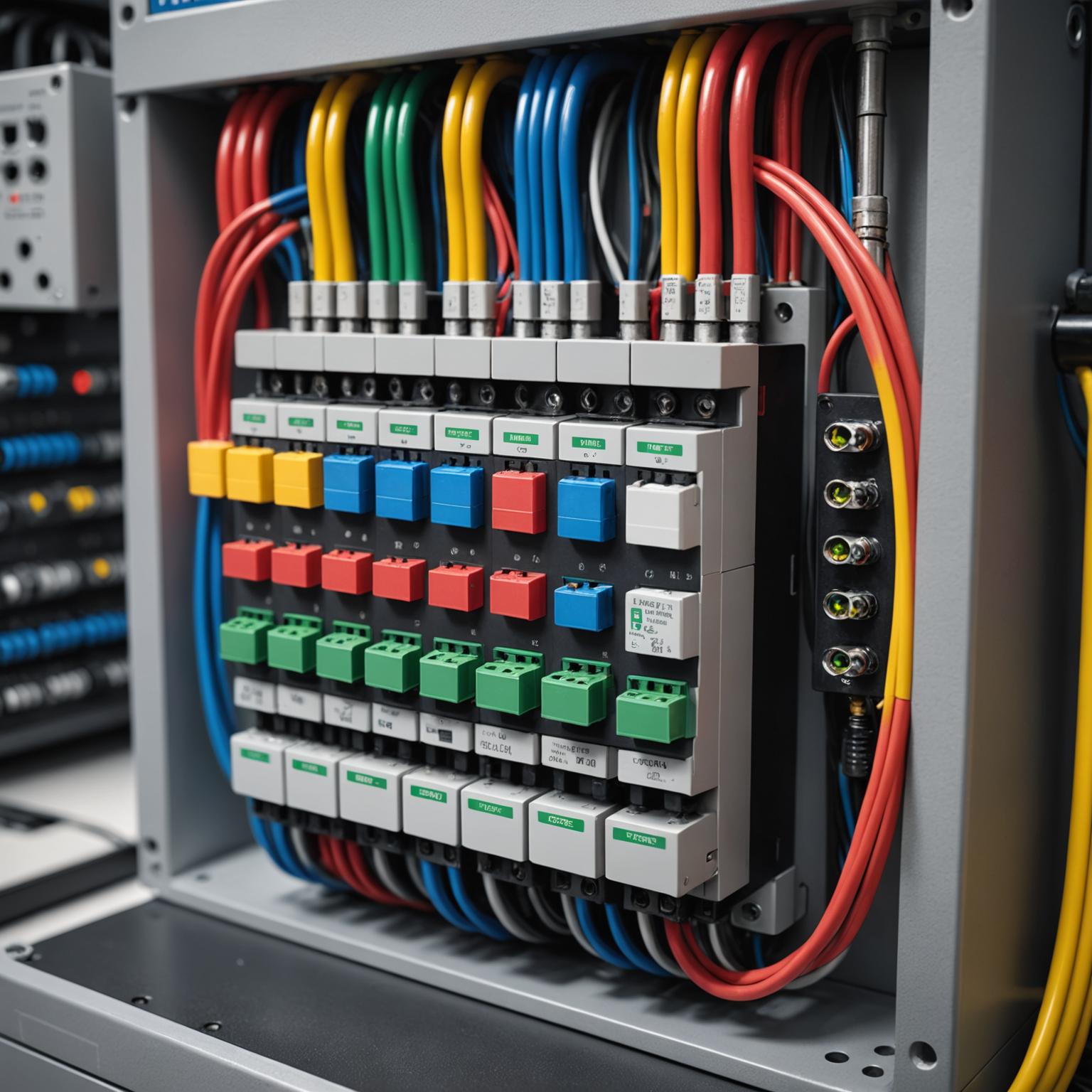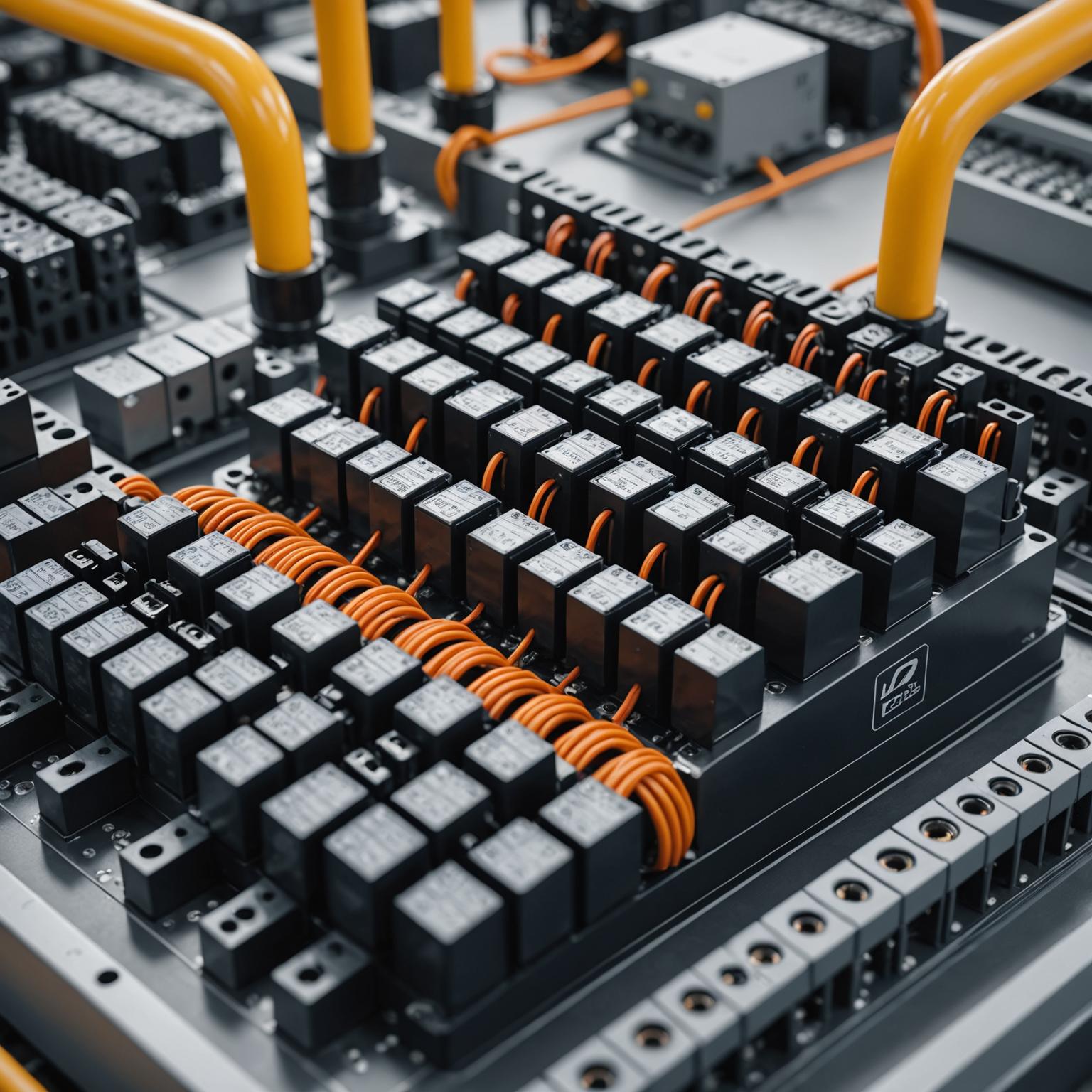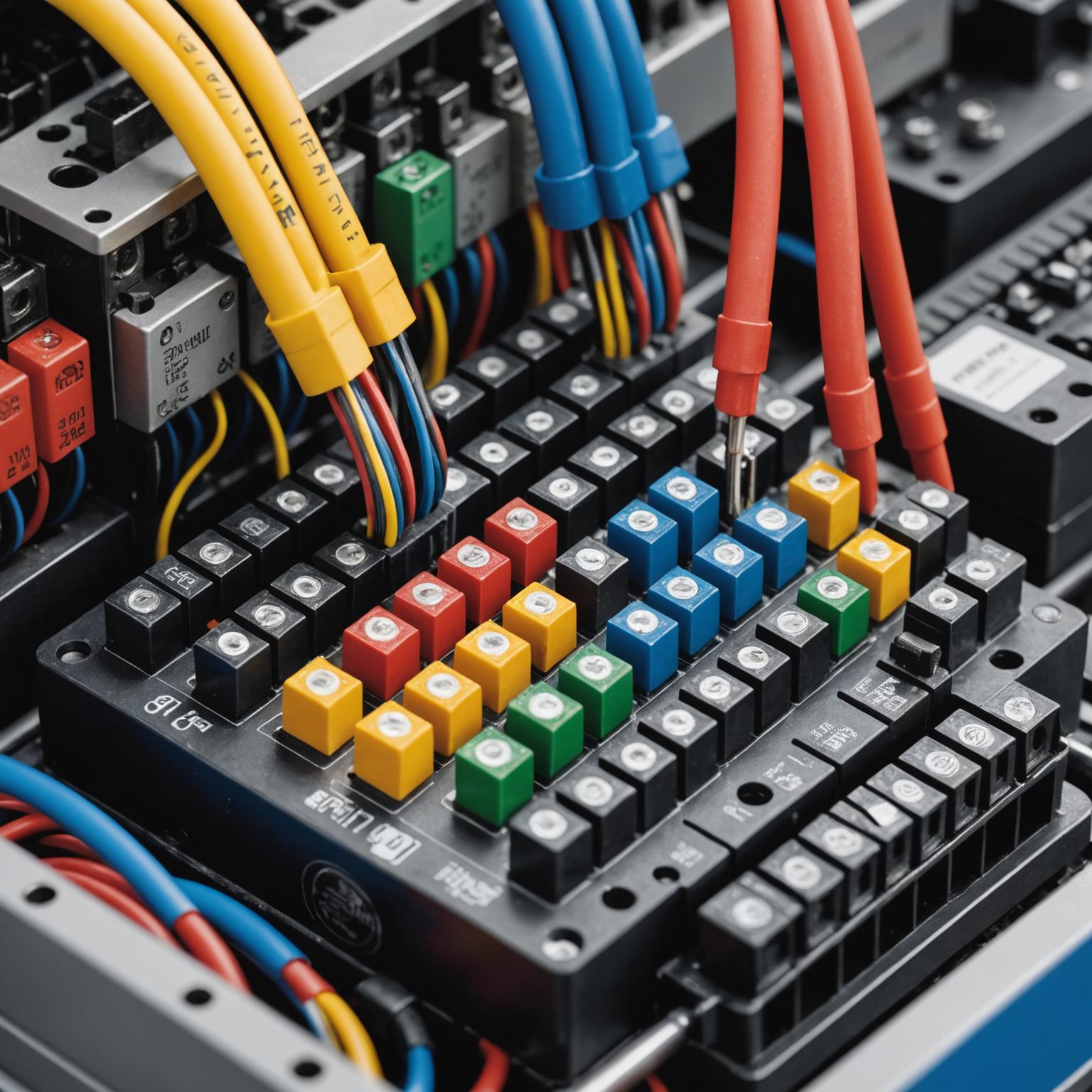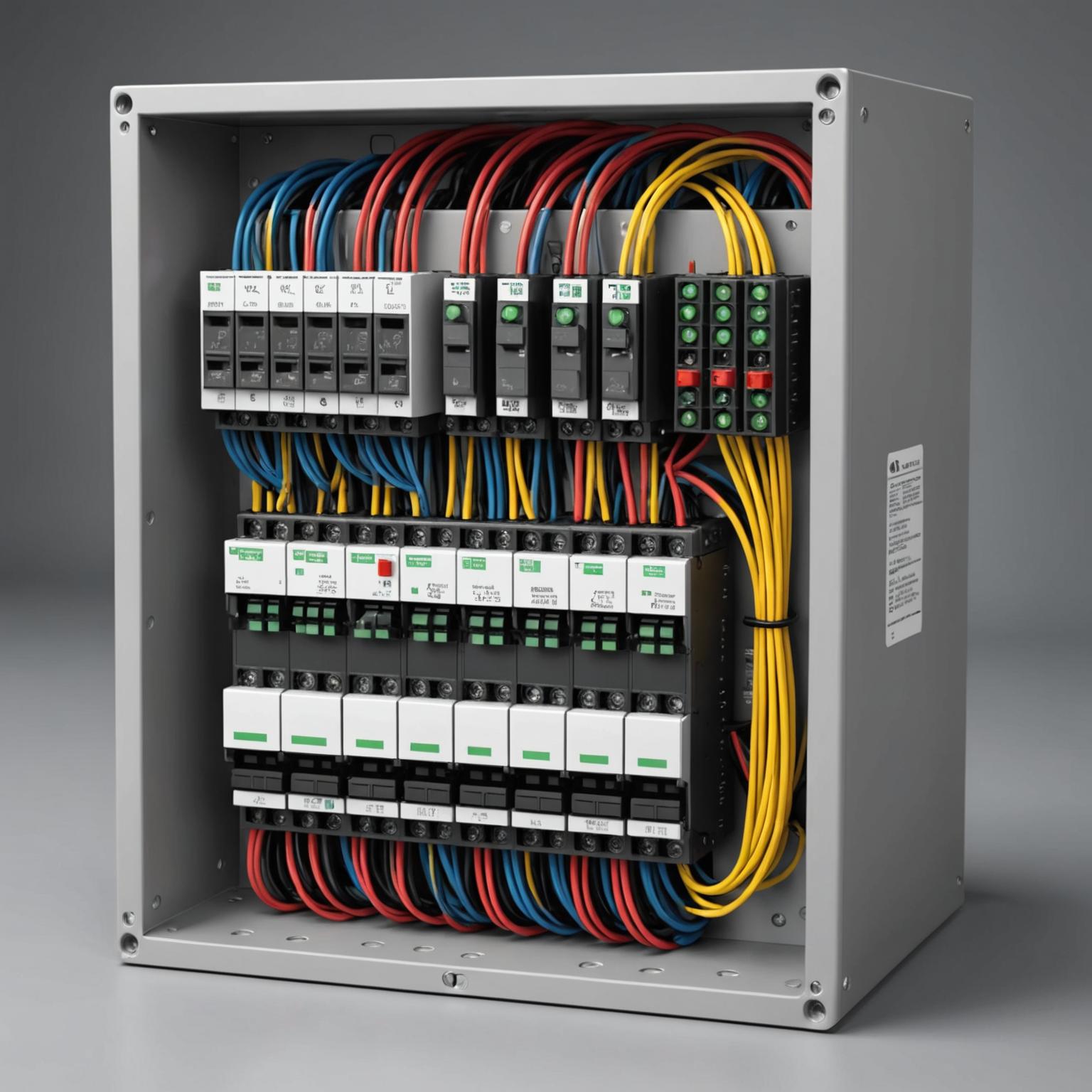Introduction to the feed terminal block
The direct terminal block has become a key component in modern electrical installations. These blocks are essential connectors in a variety of environments that seamlessly blend efficiency and reliability. As electrical systems grow more and more complex, the demand for specialized direct end blocks is becoming increasingly important. These multifunctional components are an integral part of achieving organized and reliable connectivity, especially in industrial and residential cabling settings. In their core, feed terminal blocks simplify the wiring process, thereby enhancing the capability and adaptability of the electrical system. 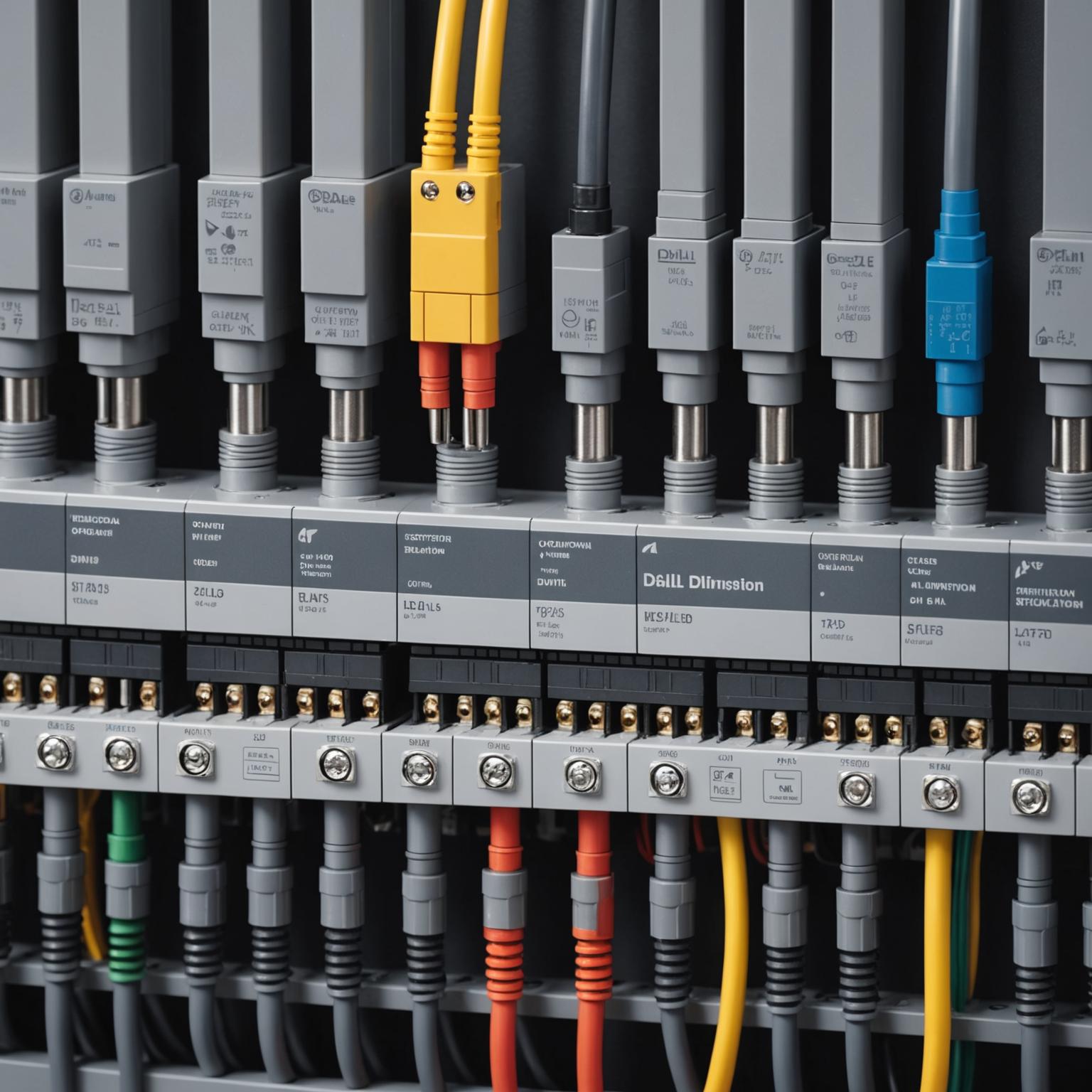
Type and uses of terminal blocks
The world of terminal blocks is huge, including many types suitable for a variety of applications. Among them, the feed terminal block stands out with strategic efficiency in transmitting signals across points. Terminal block types are connected from standard to complex modular designs that meet complex wiring requirements. Modular terminal blocks in particular provide the flexibility required for extended installation. These blocks also include electrical and industrial variants designed specifically for robust and durable performance in demanding environments. The feed connector also promotes a clean and structured wiring solution that is essential for high-performance devices.
Explore our products: DIN rail terminal block connector
Introduced our stylish and powerful DIN rail terminal block connector, a staple in modern electronic facilities. This connector provides unparalleled reliability and efficiency, which complements industrial and residential environments well. It has a neutral grey color that blends seamlessly into a variety of technical environments. The design is carefully crafted with a solid structure with three input points designed to neatly organize the wiring. This setting ensures professional and messy installation.
Each port of the terminal block is designed for optimal connectivity and adheres to high standards of electrical performance. The precisely designed pins visible on the top ensure a safe accessory to the PCB or DIN rails, thereby promoting smooth electrical transmission while minimizing signal interference. Whether you are an electrician, DIY enthusiast or part of the installation team, these connectors are essential in supporting a variety of circuit configurations. Furthermore, the compact size of the terminal block allows for space-saving integration, which is ideal for applications with space height.
The role of linear wiring in electrical systems
Through through wires play a crucial role in enhancing the practicality and efficiency of electrical systems. By enabling direct transmission across connectors, direct terminal blocks help avoid complex setups and reduce wiring errors. They simplify connections, making installations more intuitive while ensuring reliable performance and minimizing potential risks. Effective linear wiring is essential to maintaining ordered circuits, which allows technicians and engineers to focus on more critical aspects when designing and optimizing electrical systems.
Conclusion: Advantages of modern terminal blocks
The end blocks, especially those directly feed, are useful for shaping efficient and organized electrical devices. Their ability to seamlessly connect and transmit signals makes them essential in modern engineering solutions. With the right combination of durability, design and adaptability, the feed terminal block provides a skeleton for safe and efficient circuits. DIN rail terminal block connectors embody these qualities, demonstrating the innovation and practicality of advanced electronics technologies. As demand for high-quality end blocks continues to rise, choosing reliable products ensures optimized performance, safety and sustainability in electrical systems.

